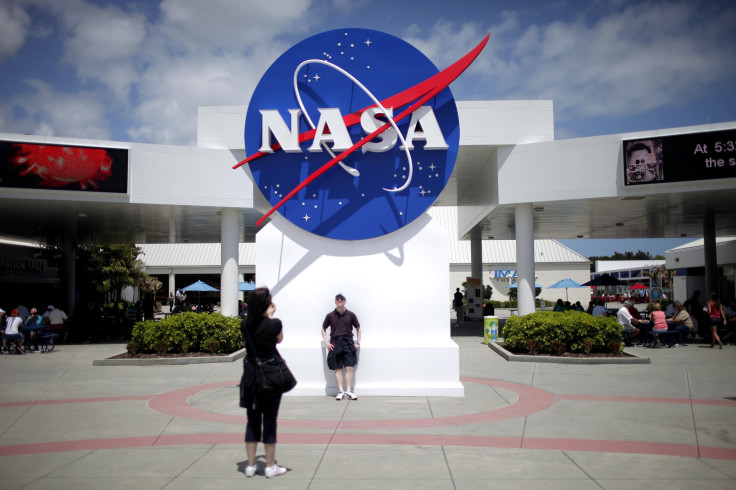Stephen Hawking Teams Up With NASA To Send A Probe To Closest Star System Alpha Centauri Using Lasers

An all-star alliance between NASA and Stephen Hawking has formed, hoping to send a lightweight silicon “StarChip” to the closest star system to Earth. The two are joined by a Russian venture capitalist Yuri Milner and Facebook CEO Mark Zuckerberg as they try to propel an object toward Alpha Centauri at one-fifth the speed of light.
Scientists have a few obstacles standing in the way of their dreams of sending a tiny probe so far away, reports Monday noted, including radiation damage. To get to that incredible speed — which is roughly 1,000 times faster than other spaceships are capable of traveling — the probe will be blasted by lasers from Earth to accelerate it. That speed would get the probe there in about 20 years.
Because the probe needs to be so light, radiation shields aren’t an option so the researchers are looking toward the potential to use “self-healing” transistors, a new study released last week from NASA and the Korea Institute of Science and Technology found. Those devices can be used for flash memory or as logic transistors and researchers have indicated that they may be perfect for the project, known as Project Starshot.
Researchers are interested in the star system because they believe that there is a reasonable chance of an Earth-like planet there that exists within a habitable zone and distance from the star.
“For the first time in human history, we can do more than look at the stars, we can reach them,” Milner said in April when announcing the project. “Fifty five years ago today, Yuri Gagarin became the first human in space. Today, we are preparing for the next great leap.”
The small spacecraft would be capable of taking pictures of what it encounters and sending back scientific data. The research and engineering project was expected to cost $100 million.
© Copyright IBTimes 2025. All rights reserved.






















